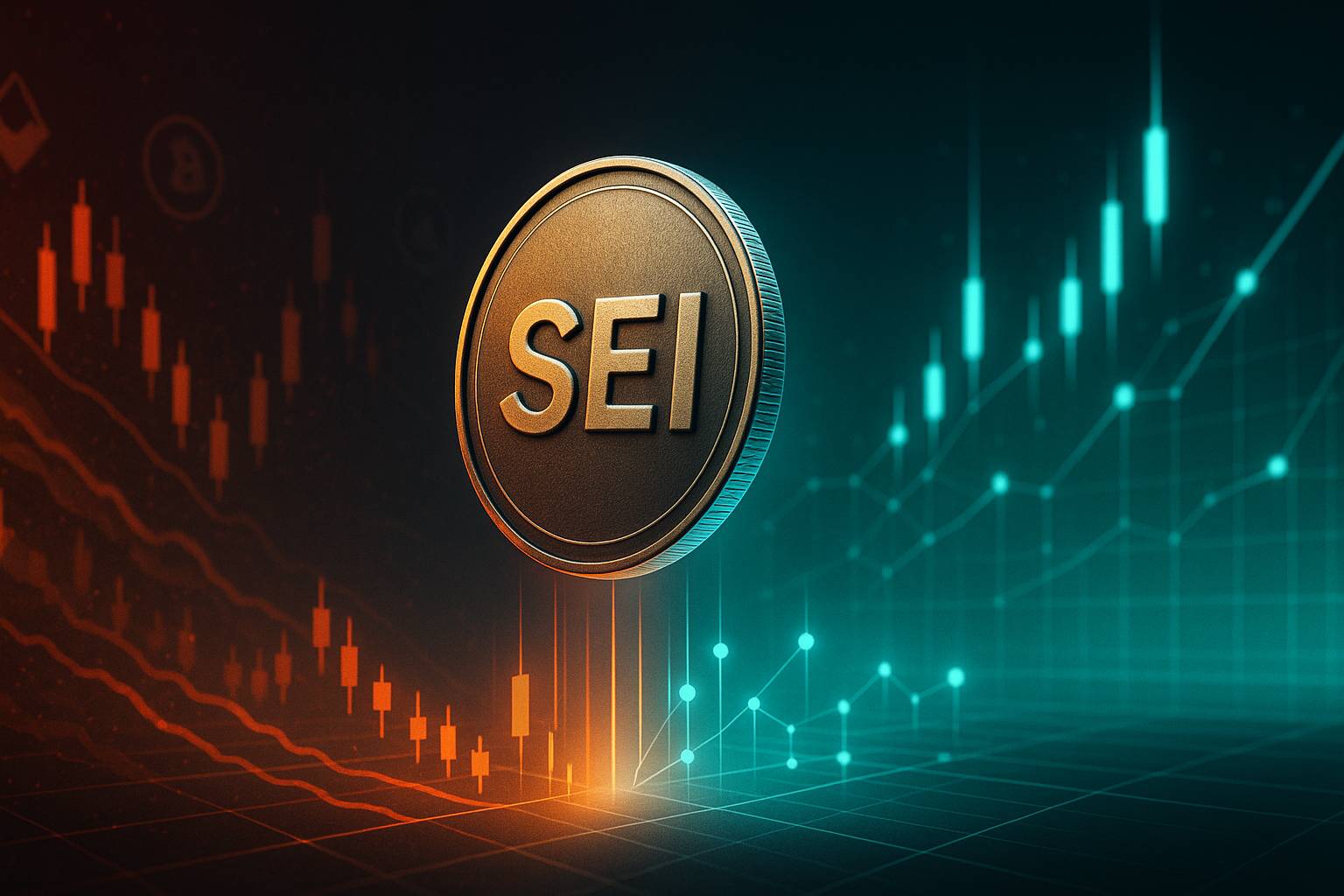Table of Contents
- Summary of Decentralization
- Understanding the Concept of Decentralization
- Fundamentals of Decentralization
- Advantages of Decentralization
- 1. Enhanced Security and Resilience
- 2. Increased Transparency and Trust
- 3. Promoting Financial Access
- 4. Resistance to Censorship
- Challenges and Drawbacks of Decentralization
- 1. Issues with Scalability
- 2. Governance and Decision-Making Complexities
- 3. Increased User Responsibility
- Final Thoughts









